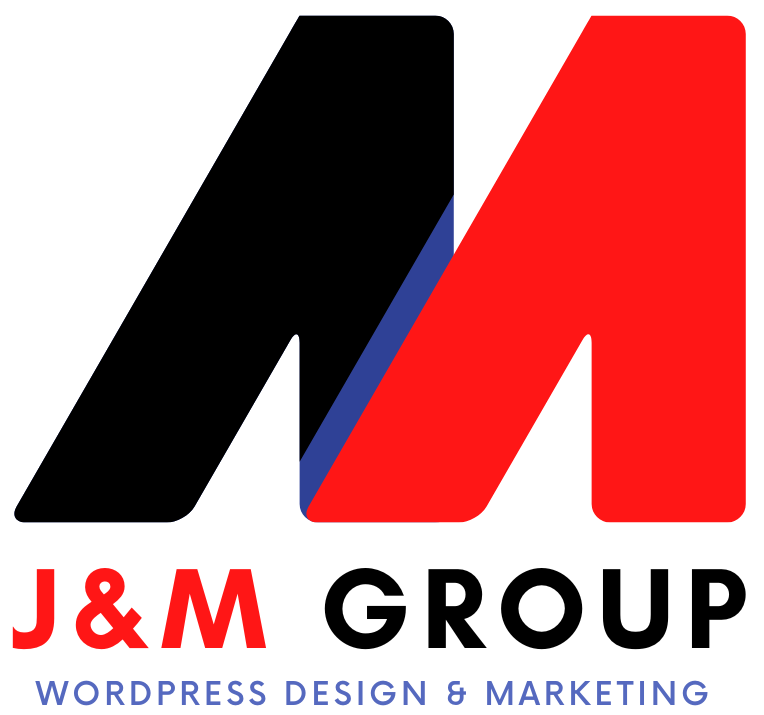eCommerce dominates the retail space. You may also be surprised to know that these days if you own a retail store, you may also need an e-commerce website.
Here’s why.
Today 71 percent of shoppers believe they will get a better deal online than in brick-and-mortar stores. The total sales value of e-commerce retailers is expected to reach $414 billion by 2018.
It’s called having the Best of Both Worlds!
Here are 4 ways an eCommerce site can grow your retail business.
- It will help you understand customer behavior.
68% of online shoppers abandon their carts before making a purchase! Nobody really knows how many people decide not to purchase when they enter a physical store. Now with an online store, you can collect data that will give you insights into such problems. - It will help your business recover 30 percent of lost sales.
An app or plugin can email online customers who’ve abandoned their carts, reminding them about their ‘almost purchase’ or sending them an additional incentive. - It will allow you to advertise more effectively.
Google is currently hosting 1 trillion searches a day. With each of these searches, e-commerce stores have the opportunity to run a targeted pay-per-click (PPC) ad that reaches prospective customers directly. - It will help you grow your customer base.
People who never would have wandered into your physical location can easily find your store online.
There are real advantages to selling your products online plus keeping your retail store up and running. Having an eCommerce site allows you to collect new leads, advertise, and find new customers online. When your store is online, you allow your customers to shop how, where, and when they want!
The 9 Essentials. Steps to Getting Started
- Determine your primary customers
Who are your primary customers? How will they find your website?
Primary customers are the ones who’ve already been consistently shopping at your brick-and-mortar store.
This existing customer base gets you a running start with an audience that’s already interested in your brand. - Choose your domain name
Choose a catchy, SEO-friendly name that will resonate with your audience or stick with your brand name.
If your online store depends on organic traffic, you might want to drop your brick-and-mortar name in exchange for something more SEO-friendly. - Select initial products to place online
Top sellers in your brick-and-mortar store.
Items that receive special requests or calls for 2-3x per month.
Products that are nationally popular. - Learn what your competition is doing
- Write custom page titles and meta descriptions
- Take pictures of your inventory
“Original images and image descriptions helped us to rank far above other retailers using stock photos. Having alt tags on all images is absolutely necessary.” - Offer free or discounted shipping for customers who spend above a certain amount
- Choose your payment methods
What’s the easiest payment method to set up?
How can you accommodate a wider audience?
PayPal is a must. - Come up with an ironclad shipping and refund policy
Make it easy for customers to return their products. Customers would need to complete a return request in order to receive a return shipping label from us. This way, we could confirm the item wasn’t past the 20-day return window.
eCommerce Startup Special Offer. Now you can launch your online store for less with our BigCommerce Startup Special . It includes everything you need to get up and running quickly, affordably and hassle-free.
A Beautiful Design
Marcia will help you select a mobile-friendly theme perfect for your BigCommerce website. Then I will do basic customization of the templates to best express your brand – including colors, fonts and adding your logo. (Any theme that requires purchase is not included in the Startup Special pricing.)
Get started with your 14-day BigCommerce Free Trial. No credit card is required.






